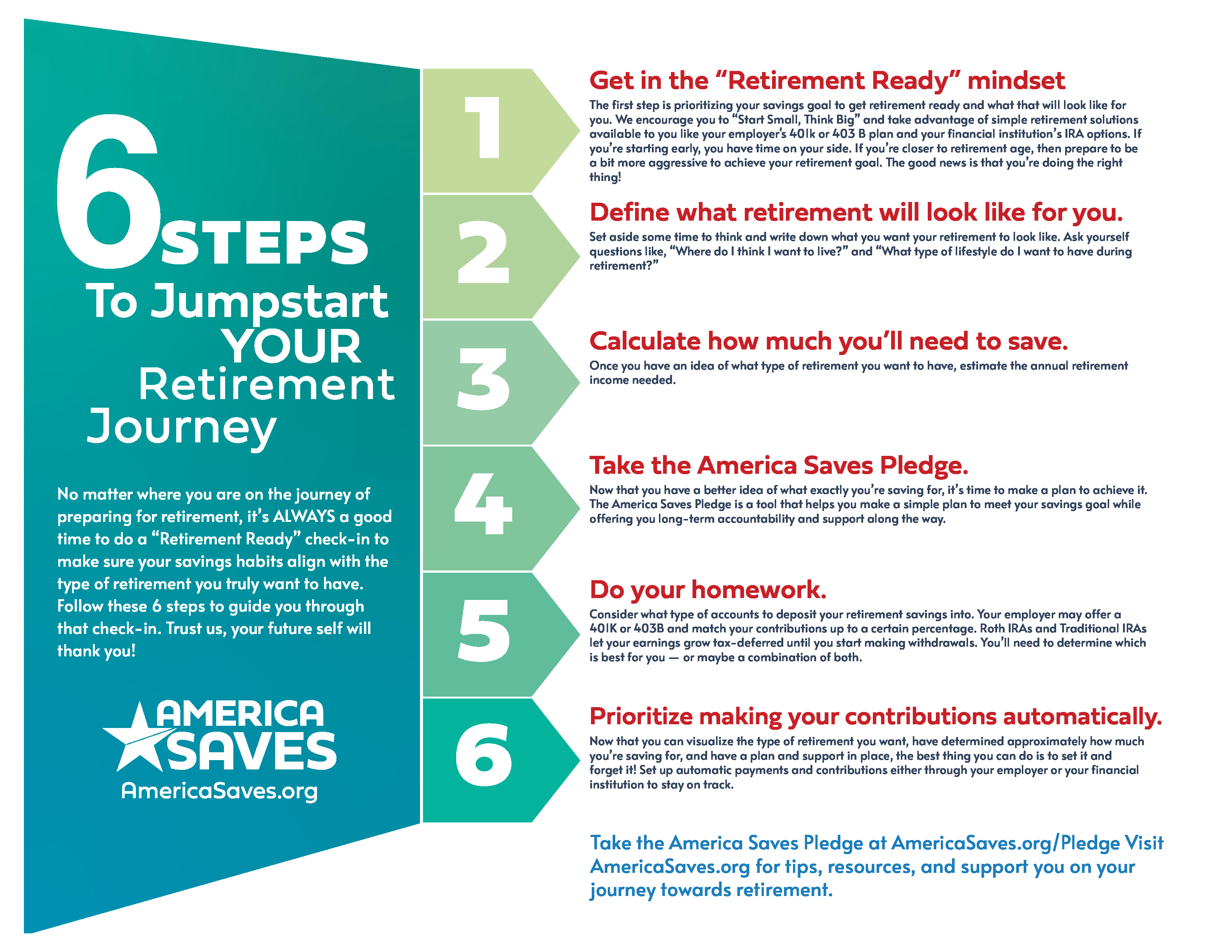"Steps to Financial Freedom"
Join our webinar Wednesday, March 27 @ 11:00 AM PST
Do you have a budget? Do you have financial goals? If not, would you like to?
In this workshop, we’ll talk about setting and reaching financial goals for your financial freedom. We’ll also talk about how you can learn what your money personality is so you may take steps to improve your budget. We’ll also touch on how to use credit and other strategies for long-term financial success.
What You Will Learn
- How to set financial goals
- Where to start when creating a budget
- How you can use credit wisely
Who Should Attend
- Anyone who wants to learn the steps to create a financial plan towards financial freedom
- Anyone who wants to manage credit wisely
- Anyone who wants to better understand their financial habits

Can't make the webinar time?
No worries! Register anyway, and we’ll send you the recorded webinar.
This free, webinar is presented by GreenPath Financial Wellness




